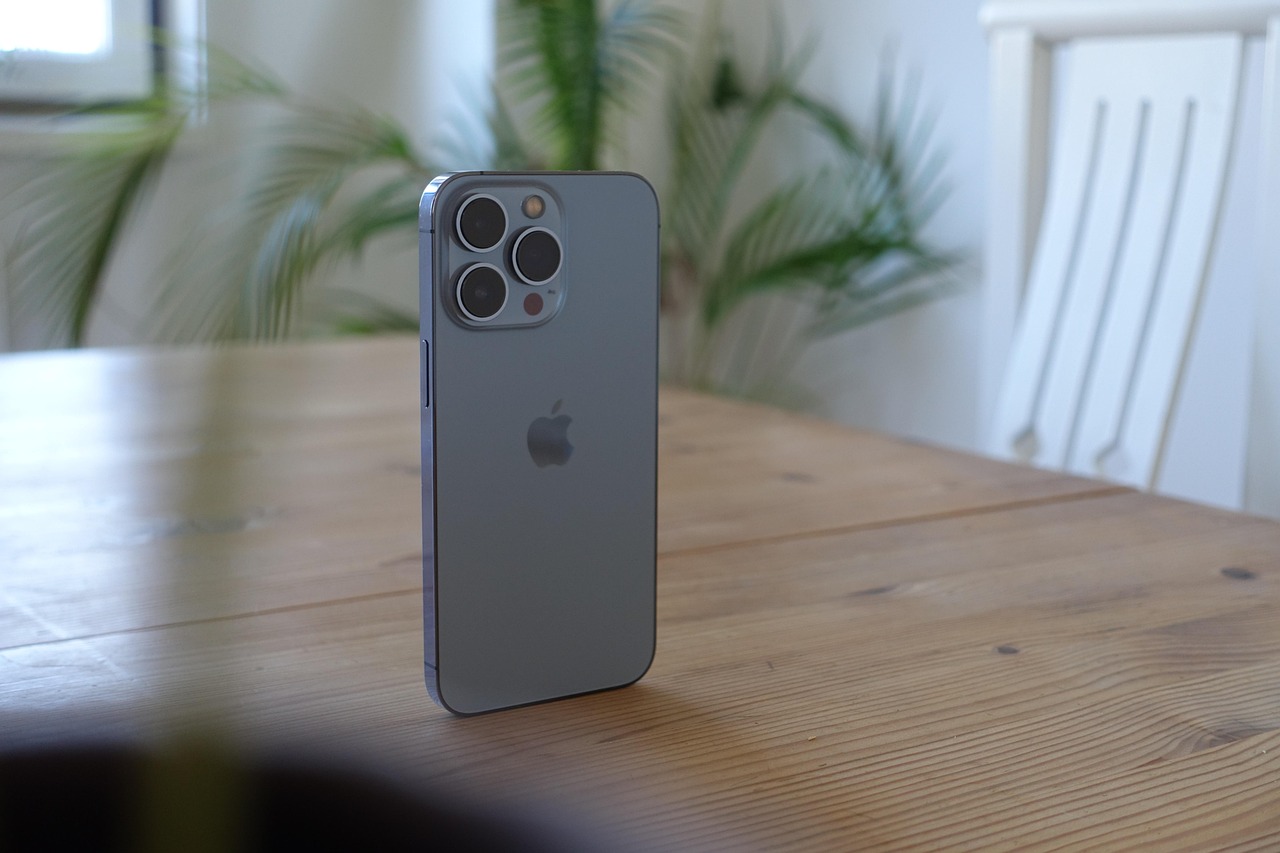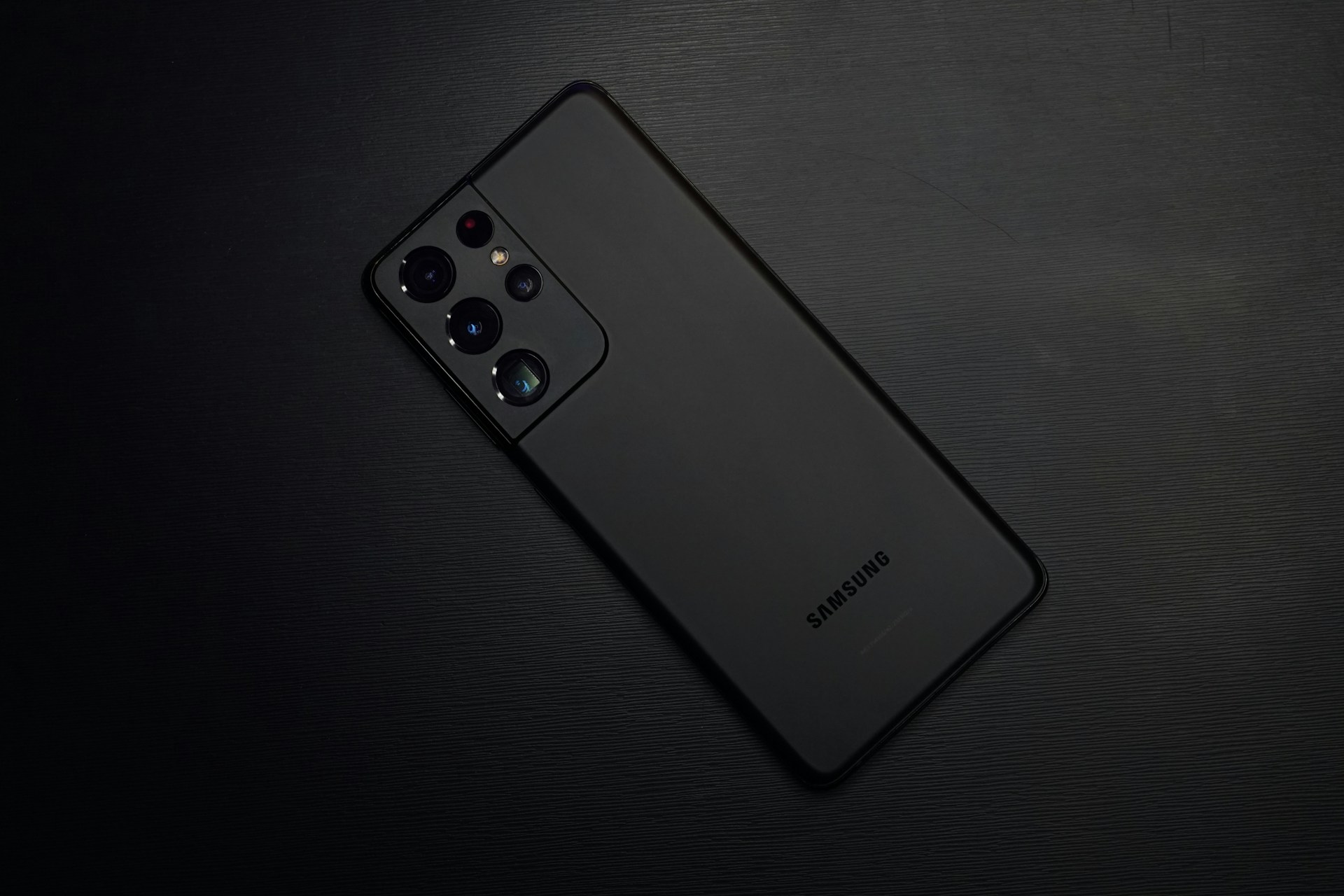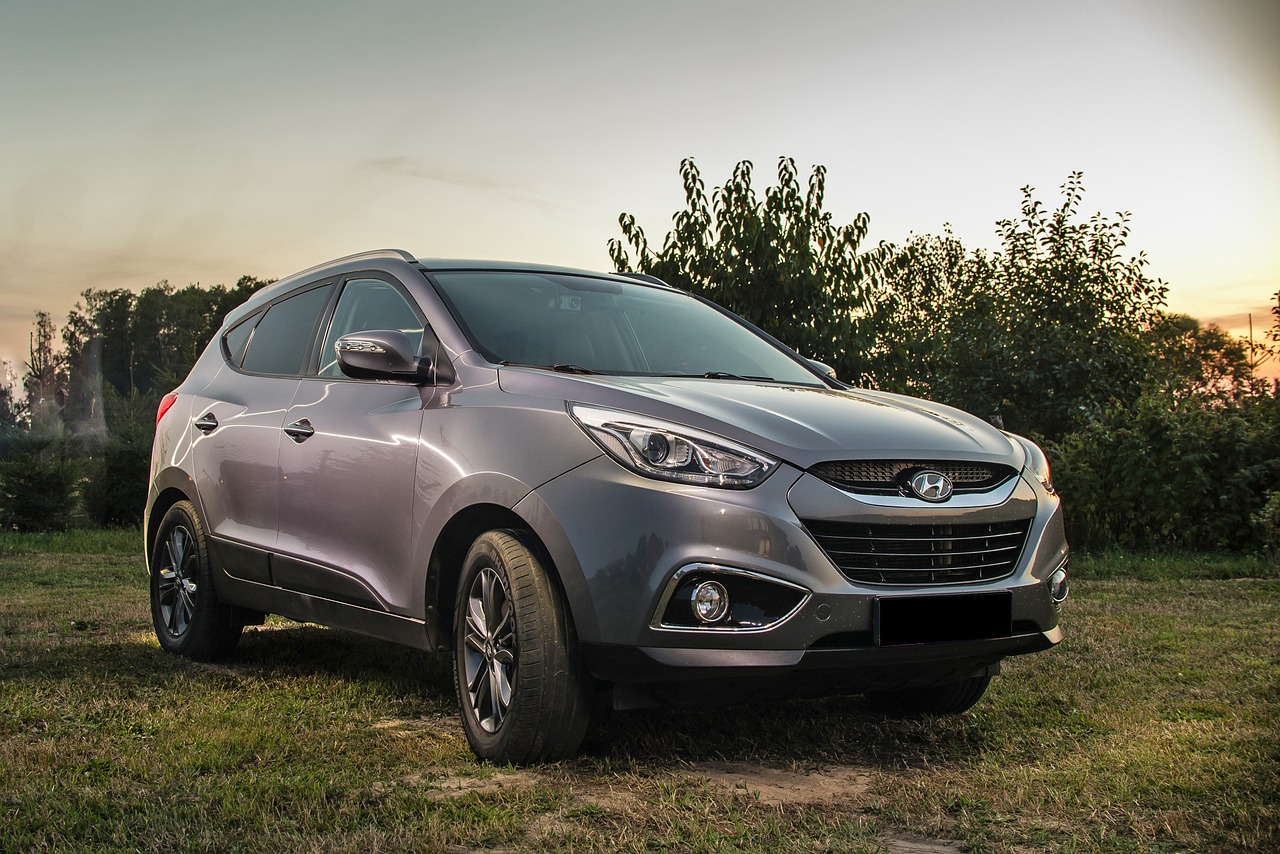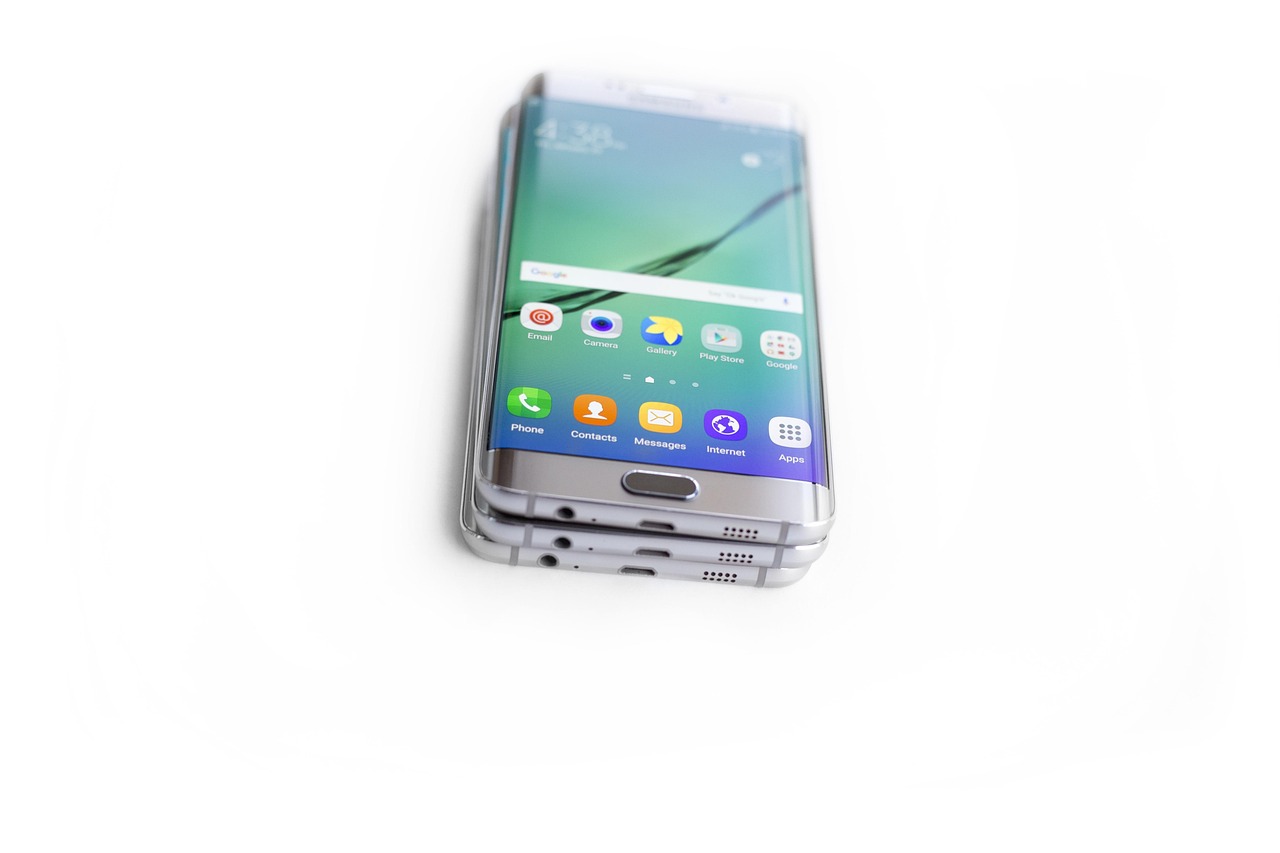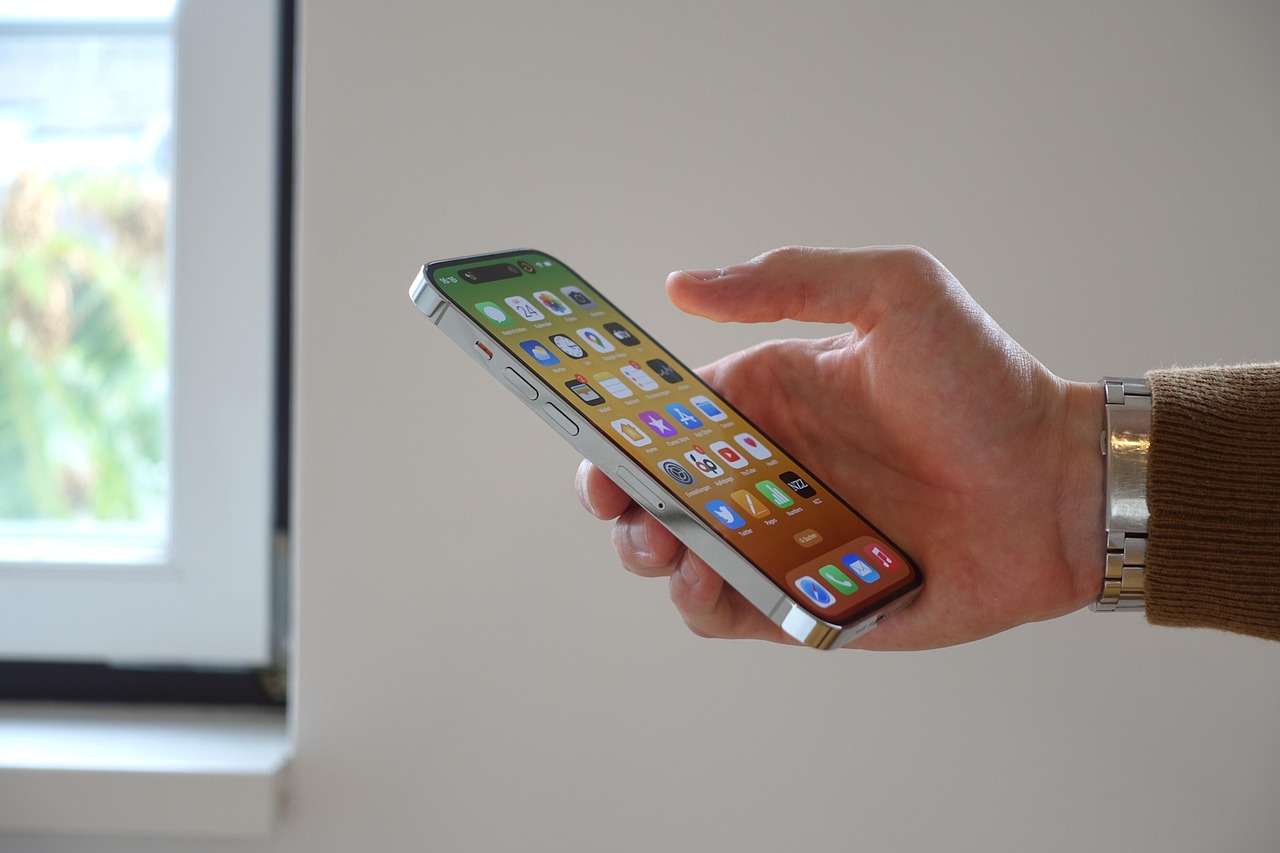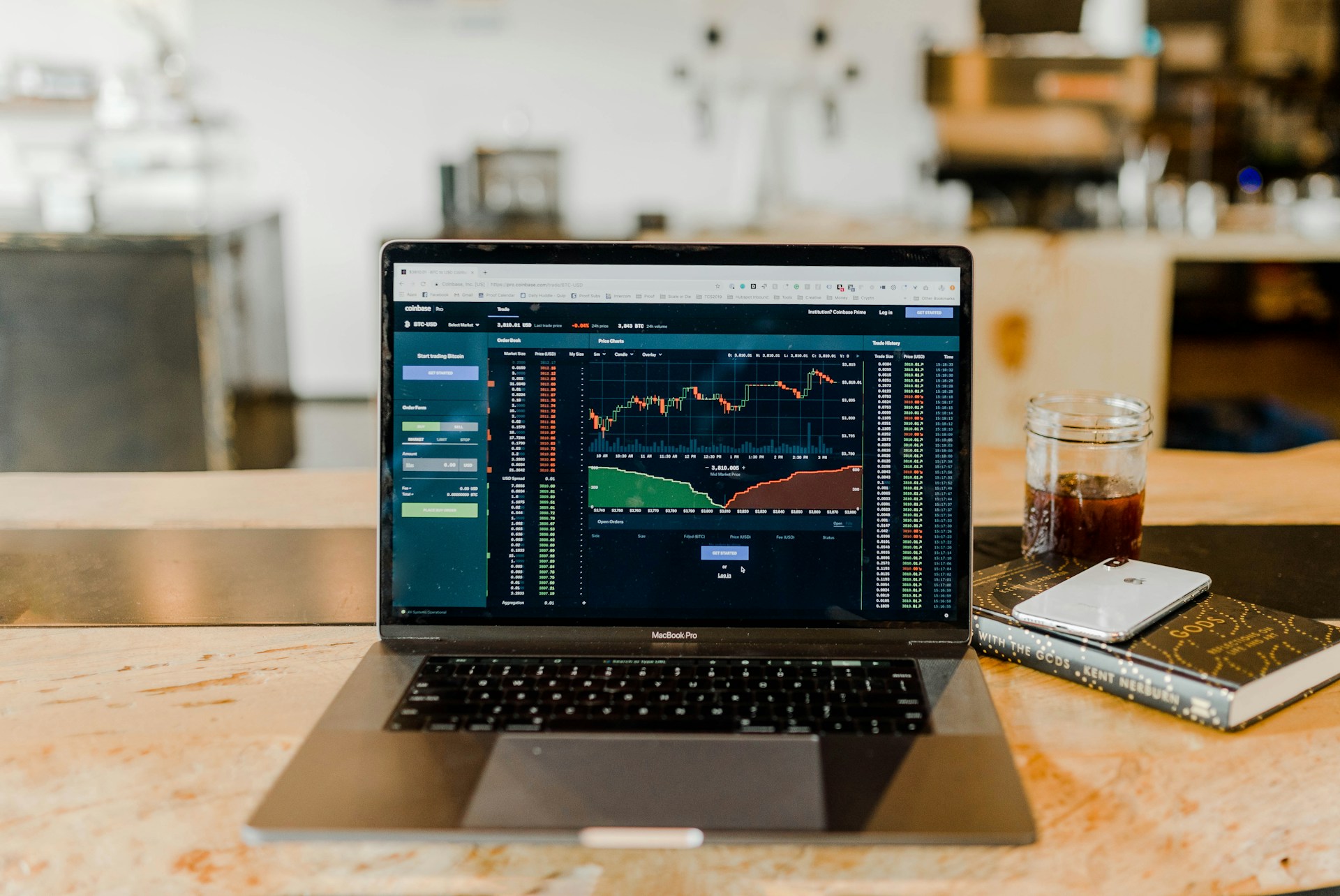iPhone 13 Pro vs iPhone 12 Pro: Is the Upgrade Justified?
Nearly two years have passed since Apple launched the iPhone 13 lineup, and although newer models like the iPhone 14 and the upcoming iPhone 15 are taking center stage, many users still consider buying slightly older models. If you’re weighing the iPhone 13 Pro against its predecessor—the iPhone 12 Pro—there’s plenty to consider. While the two devices look nearly identical on the outside, the differences beneath the surface are what truly separate them.
Familiar Design, Evolved Internals
At first glance, the iPhone 13 Pro may seem like a minor refresh. It keeps the same 6.1-inch form factor and continues with the sleek stainless-steel frame and premium finish introduced with the iPhone 12 Pro. However, subtle tweaks are present. The notch at the top of the display has been slightly reduced, and the camera bump has been redesigned and integrated more smoothly into the back of the phone. The new model is also a bit thicker, which accommodates a larger battery—contributing to one of the phone’s biggest strengths.
Performance Boost With A15 Bionic
One of the standout upgrades in the iPhone 13 Pro is the A15 Bionic chip. While the iPhone 12 Pro’s A14 was already one of the fastest processors at the time, the A15 steps things up with better graphics performance and improved energy efficiency. This translates to faster app loading times, smoother multitasking, and, most importantly, longer battery life—a key improvement for users on the go.
Camera Upgrades That Matter
The iPhone 13 Pro’s camera system has also received meaningful updates. The most obvious change is the larger sensors on both the main and ultra-wide lenses, allowing for better low-light performance. Additionally, the 13 Pro introduces a 3x optical zoom telephoto lens, replacing the 2x zoom from the iPhone 12 Pro. This gives photographers and casual users alike more flexibility when capturing shots from a distance.
Apple has also introduced new camera features exclusive to the 13 Pro, such as Cinematic Mode, which brings a movie-like depth of field to videos, and enhanced ProRAW and ProRes video options for advanced users. For everyday photography and video recording, the iPhone 13 Pro offers one of the most capable and versatile systems available in any smartphone.
ProMotion Display: A Major Leap
One of the most talked-about upgrades is the 120Hz ProMotion display. First introduced on the iPad Pro, this adaptive refresh rate technology finally made its way to the iPhone with the 13 Pro. Unlike the static 60Hz display of the iPhone 12 Pro, the 13 Pro’s screen dynamically shifts between 10Hz and 120Hz, depending on the content. This results in ultra-smooth scrolling and interaction, especially when gaming or navigating through apps, while conserving battery life when viewing static content.
Brightness also gets a boost. The iPhone 13 Pro reaches up to 1000 nits in regular outdoor use and peaks at 1200 nits for HDR content. In contrast, the iPhone 12 Pro tops out at 800 nits, making the newer model more readable in bright environments.
Battery Life and Everyday Use
Thanks to a more efficient chip and a physically larger battery, the iPhone 13 Pro delivers significantly better battery life compared to the iPhone 12 Pro. For many users, this single factor alone makes the upgrade worthwhile—especially for those who rely on their phones throughout the day for work, social media, or content creation.
Pros and Cons Summary
iPhone 13 Pro Advantages:
-
Substantial improvement in battery life
-
120Hz ProMotion display for ultra-smooth visuals
-
Superior camera performance with better low-light results and 3x zoom
-
Best-in-class video quality and Cinematic Mode
-
A15 Bionic chip remains one of the fastest processors available
iPhone 13 Pro Drawbacks:
-
Charging speeds remain slower compared to some Android competitors
-
Still no USB-C port, which limits accessory compatibility
-
Slightly heavier than the iPhone 12 Pro
Final Thoughts
While the design changes may not turn heads, the iPhone 13 Pro introduces significant internal upgrades that improve the user experience across the board—from display responsiveness and camera capabilities to processing power and battery efficiency.
For anyone still using an iPhone 12 Pro, the differences are noticeable, especially if you value photography, smooth performance, or longer battery life. And for shoppers looking a generation or two behind the current flagships, the iPhone 13 Pro is a compelling option that still holds its own in today’s premium smartphone market.

